Remembering the work and impact of architect Kerry Hill, who has passed away aged 75
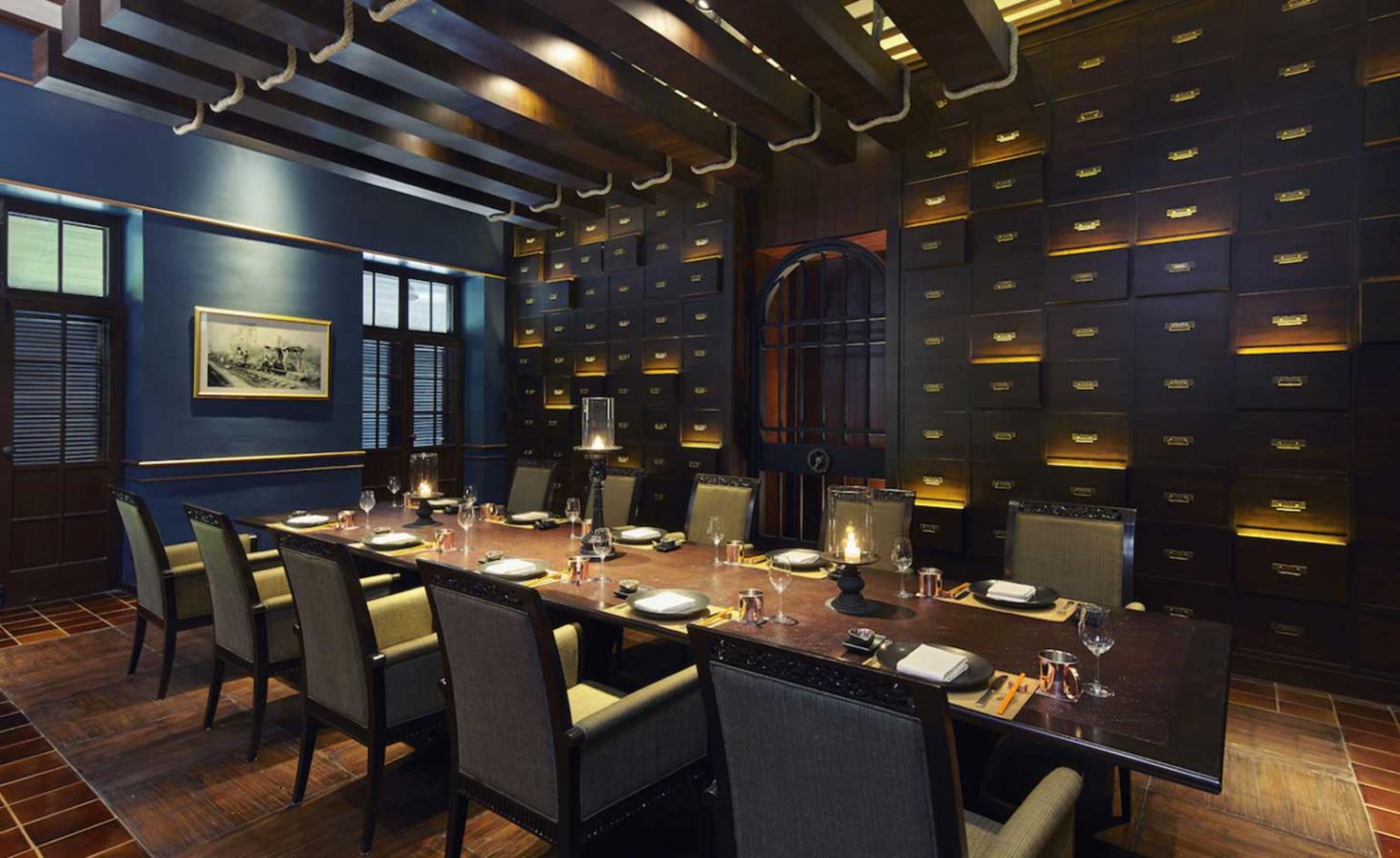
If the essentially modern buildings designed by the Australian architect Kerry Hill, who died on 26 August aged 75, share a defining characteristic, it is surely the sensitivity they show to their surroundings.
Take Aman Tokyo, Aman Resorts’ first uncompromisingly urban project, which opened in December 2014 on the upper storeys of a steel-and-glass tower designed by Kohn Pedersen Fox, the sort of high-rise you could find in any thriving city. Alight in the hotel’s spectacular 33rd-floor lobby, however, and you could only be in Japan. The walls soar 26m, and like the ceiling, are lined in heavily textured translucent washi paper to give the impression that one is inside a gigantic lantern anchored by a zen garden of water, gravel and rocks.
The rooms are similarly sensitive to their location: a sliding shoji screen separates the sleeping area from the bathroom, which is furnished with a deep square tub (or furo) of the same black basalt as its walls. If these are dark intimate spaces, the bedrooms are filled with light from a wall of glass, against which runs a long, low day bed and tokonoma, (the raised platform used to display flowers, ornaments and shrines in Japanese homes). There is tatami matting on the floor.
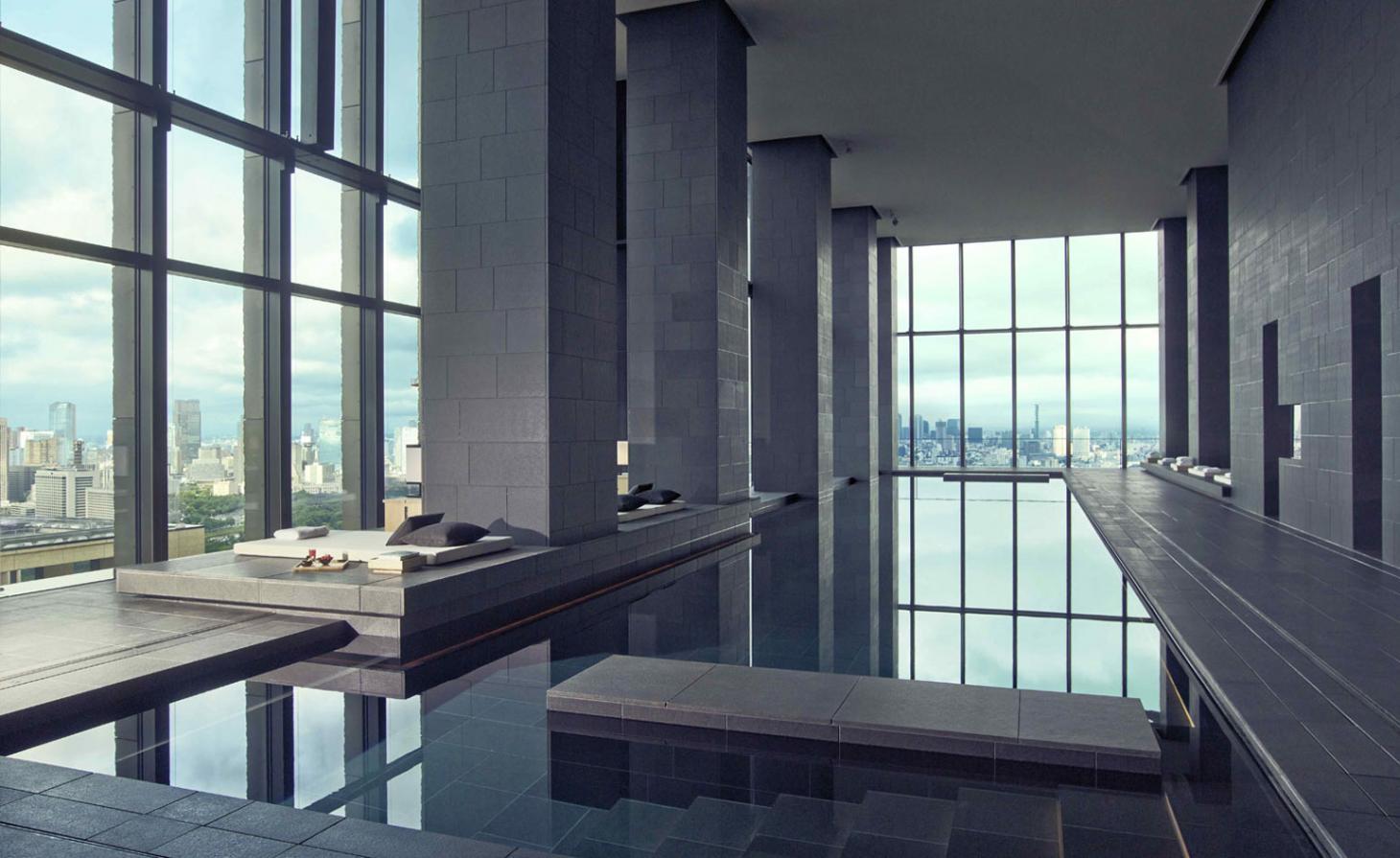
Aman Tokyo hotel, Tokyo, Japan, completed in 2014
The five lodges he designed for Amankora in Bhutan (2004-7) are more modest in scale, but no less of their place, though Hill was careful to point out in a rare interview that they are only ‘Bhutanese in spirit. We [did] not replicate their high decoration and colourful nature’. The lodges focused instead on incorporating traditional local materials, from nettle fibres and yak hair to stone and rammed mud. In an area prone to earthquakes the latter was not ‘a credible method’ by which to build a 21st-century hotel. ‘But of course you can do stabilised earth,’ he said, because ‘it is earthquake resistant’. Hill believed in the ‘contemporisation of materials’ as ‘important parts of the decision making’.
Born in Perth in 1943, where he designed the City of Perth Library (2016, the state capital’s first major civic building in nearly half a century) and the State Theatre Centre, he grew up a keen Australian Rules footballer, training as an architect at the local technical college and then the University of Western Australia. He eventually left his hometown in 1971 when he secured a job in Hong Kong.
He subsequently lived in Bali, then Jakarta, and in 1979 moved to Singapore, where he set up Kerry Hill Architects having secured a commission from the hotelier Adrian Zecha. It was Zecha who went on to found Aman in 1988. The relationship was cemented when Hill later designed him a home, which Zecha said was the most comfortable he had ever lived in.
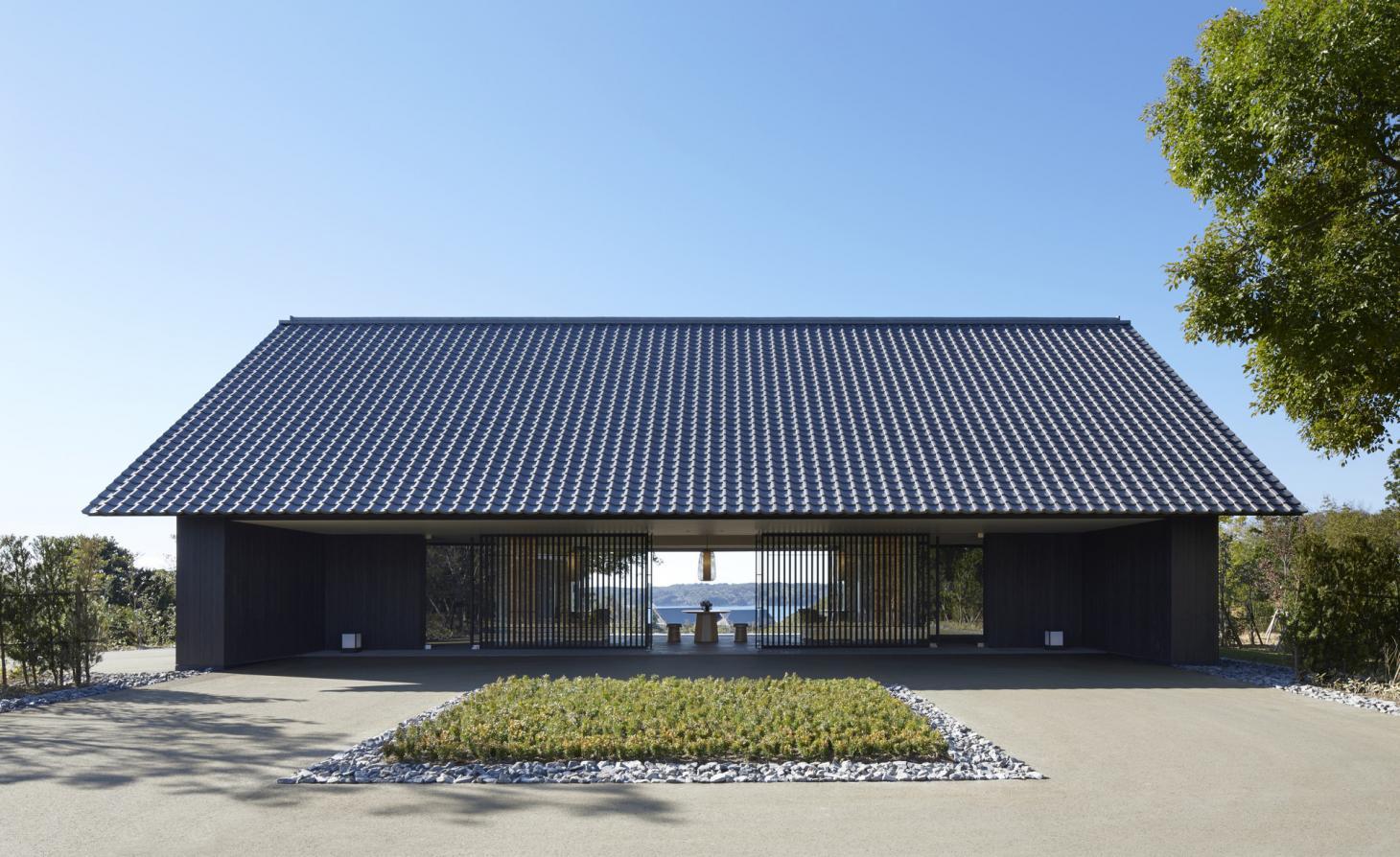
Amanemu hotel, Shima, Japan, completed in 2016
Hill went on to design nine Aman Resorts – among them Amansara in Cambodia; two in Sri Lanka; Amanemu, in Shima, 300km southwest of Tokyo; and Amanyangyun in China. Each was as conscious and sensitive as the next. Amenemu in Shima draws on the design of Japanese minka houses and their internal cedar screens that are crafted incorporating delicate fretworked panels known as kumiko – a technique that dates back to the 7th century.
Of course Hill’s practice, which remains based in Singapore with an office in Fremantle, Western Australia, did not work only for Aman. (Other significant hotels include the Sentosa, Singapore; the Sukhothai, Bangkok; The Datai on the Malaysian island of Langkawi; and the Desert Palm, Dubai.) Nor did it work exclusively in the hospitality sector: the Singapore Cricket Association Pavillion is theirs; and in 2012 it won the contract to design a new 100ha Royal Military Academy in Jordan, incorporating a theatre, mosque, museum and extensive sporting facilities.
‘We like to think that each building is designed especially for its context and its place,’ Hill once said. ‘I feel that you need to perpetuate the traditions within the culture and material of a place through your architecture so that it is appropriate.’ It is a typically wise statement from an innately modest and private man, who saw his duty as an architect as somehow predetermined: ‘I am an architect like a dog is a dog. That’s my lot in life.’
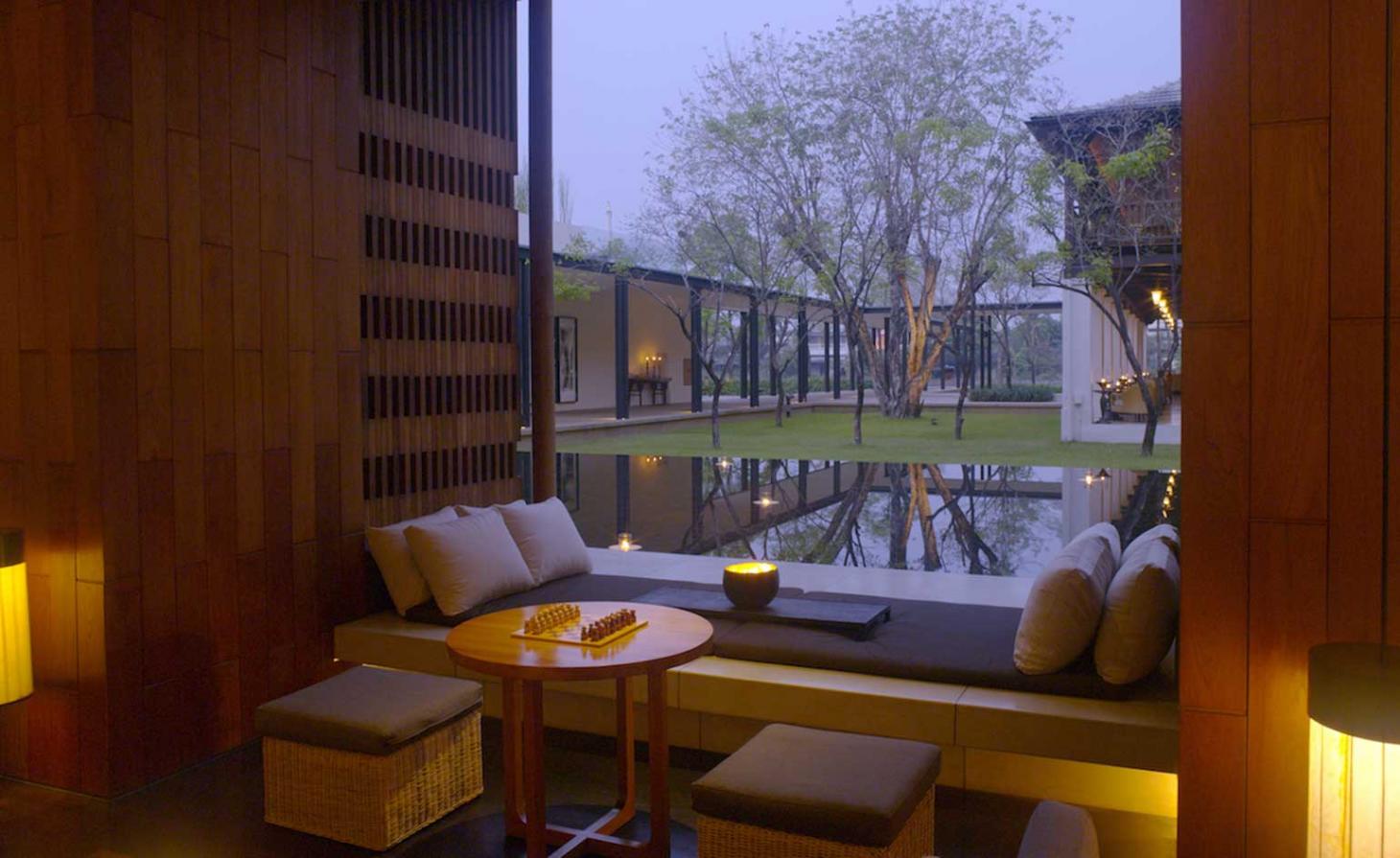
Anantara hotel, Chiang Mai, Thailand, completed in 2013
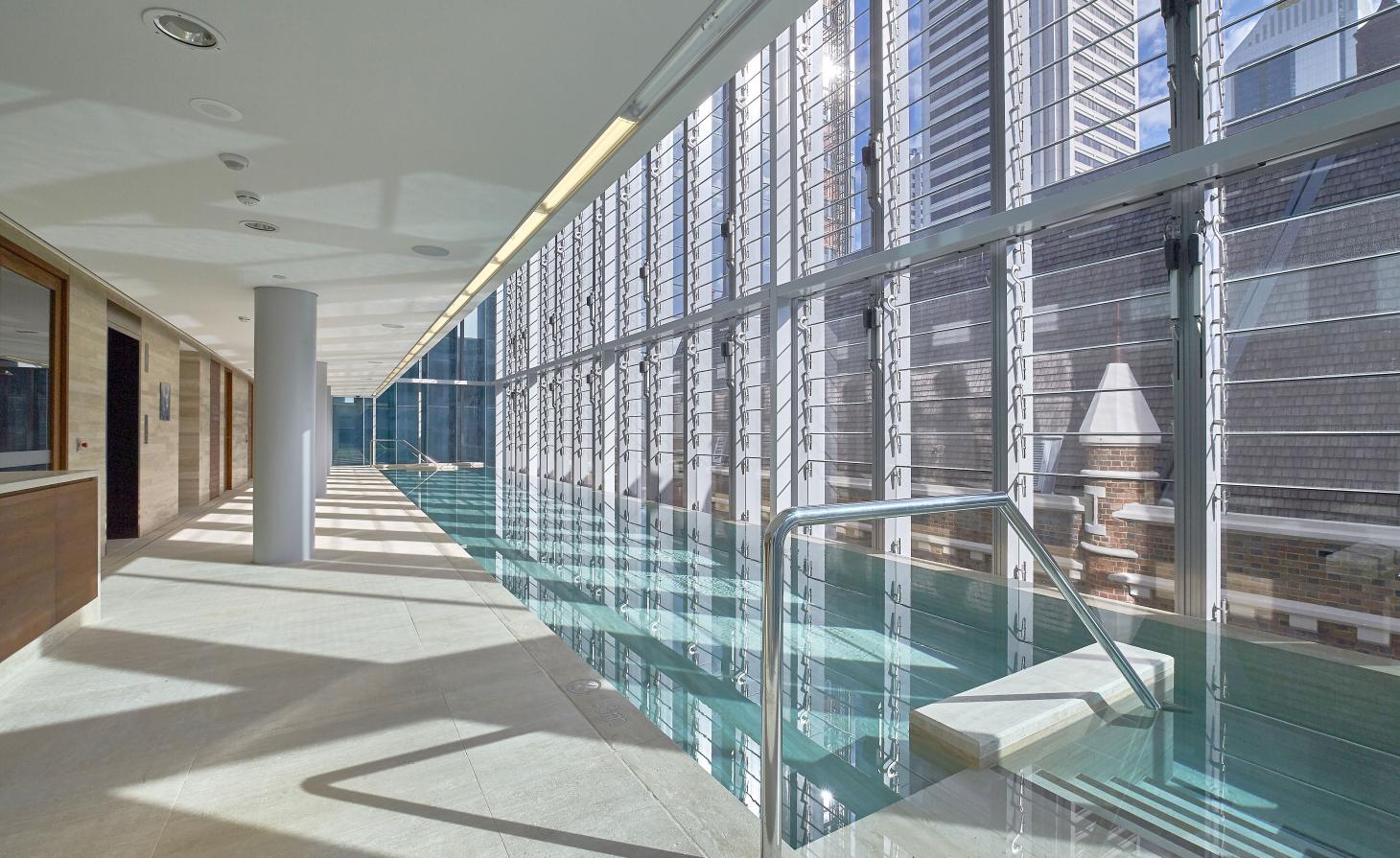
Como The Treasury hotel, Perth, Australia, completed in 2015
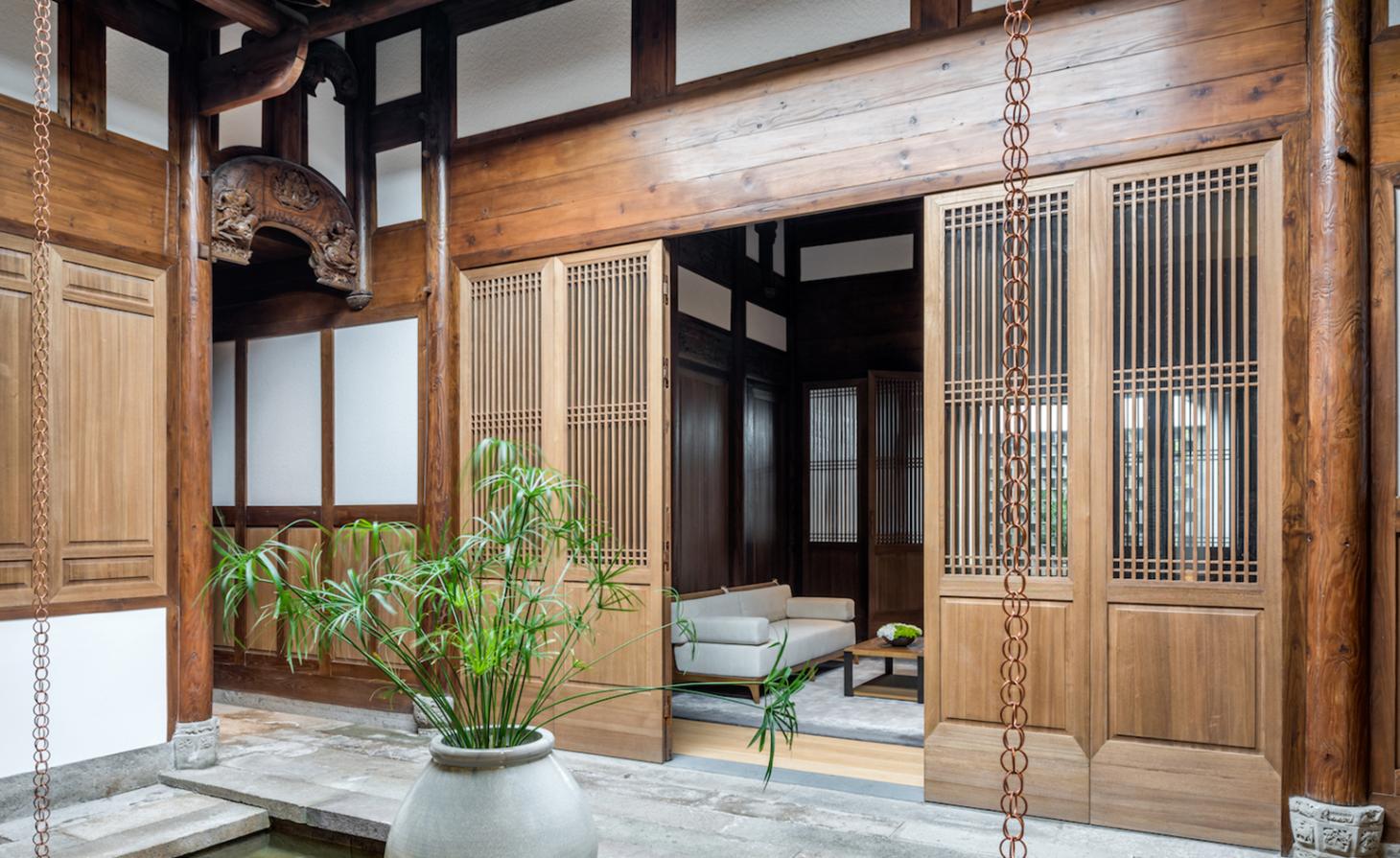
Amanyangyun, Shanghai, China, completed in 2018
Wallpaper* Newsletter
Receive our daily digest of inspiration, escapism and design stories from around the world direct to your inbox.
-
 Extreme Cashmere reimagines retail with its new Amsterdam store: ‘You want to take your shoes off and stay’
Extreme Cashmere reimagines retail with its new Amsterdam store: ‘You want to take your shoes off and stay’Wallpaper* takes a tour of Extreme Cashmere’s new Amsterdam store, a space which reflects the label’s famed hospitality and unconventional approach to knitwear
By Jack Moss
-
 Titanium watches are strong, light and enduring: here are some of the best
Titanium watches are strong, light and enduring: here are some of the bestBrands including Bremont, Christopher Ward and Grand Seiko are exploring the possibilities of titanium watches
By Chris Hall
-
 Warp Records announces its first event in over a decade at the Barbican
Warp Records announces its first event in over a decade at the Barbican‘A Warp Happening,' landing 14 June, is guaranteed to be an epic day out
By Tianna Williams
-
 Australian bathhouse ‘About Time’ bridges softness and brutalism
Australian bathhouse ‘About Time’ bridges softness and brutalism‘About Time’, an Australian bathhouse designed by Goss Studio, balances brutalist architecture and the softness of natural patina in a Japanese-inspired wellness hub
By Ellie Stathaki
-
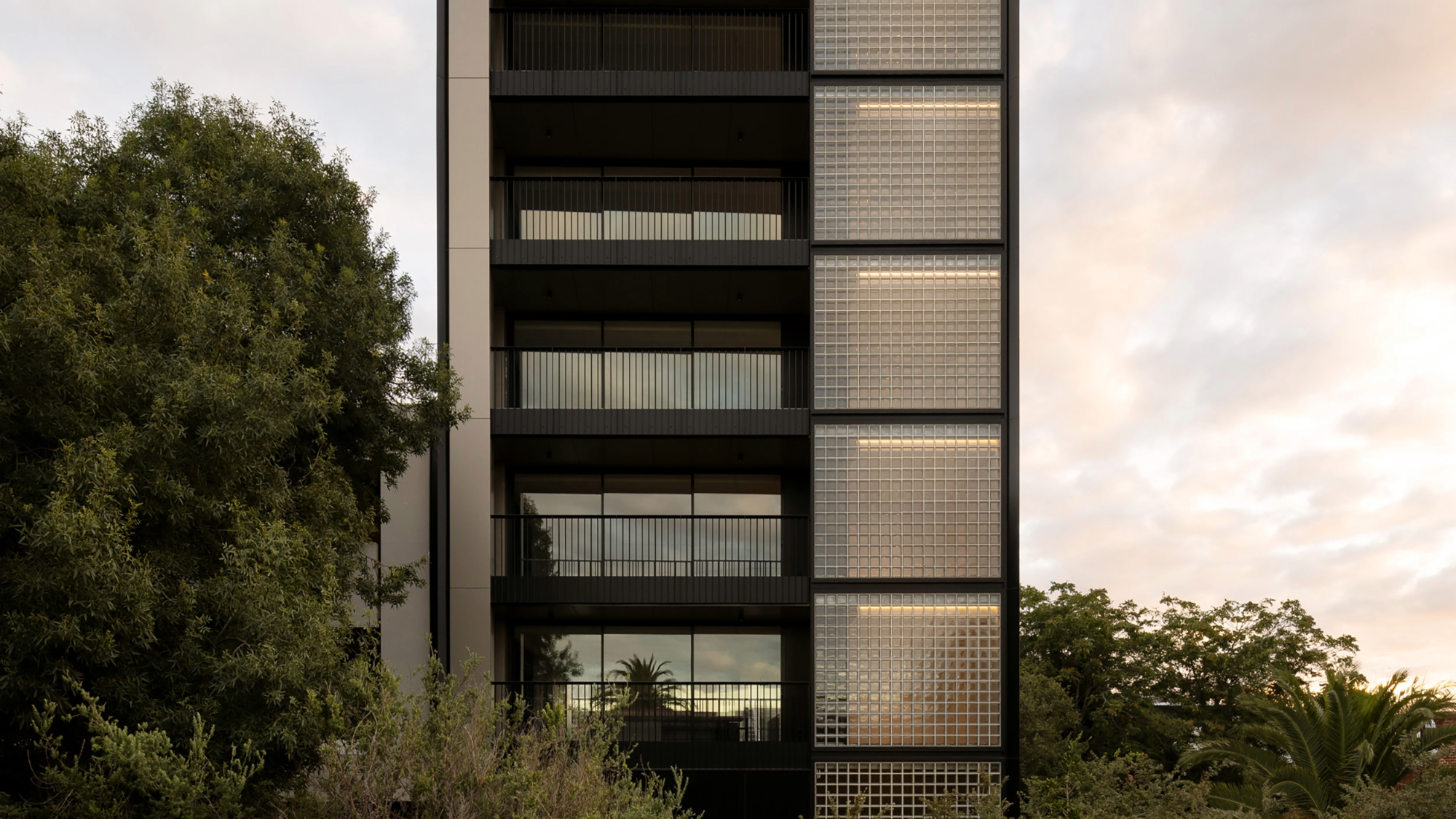 The humble glass block shines brightly again in this Melbourne apartment building
The humble glass block shines brightly again in this Melbourne apartment buildingThanks to its striking glass block panels, Splinter Society’s Newburgh Light House in Melbourne turns into a beacon of light at night
By Léa Teuscher
-
 Remembering architect David M Childs (1941-2025) and his New York skyline legacy
Remembering architect David M Childs (1941-2025) and his New York skyline legacyDavid M Childs, a former chairman of architectural powerhouse SOM, has passed away. We celebrate his professional achievements
By Jonathan Bell
-
 A contemporary retreat hiding in plain sight in Sydney
A contemporary retreat hiding in plain sight in SydneyThis contemporary retreat is set behind an unassuming neo-Georgian façade in the heart of Sydney’s Woollahra Village; a serene home designed by Australian practice Tobias Partners
By Léa Teuscher
-
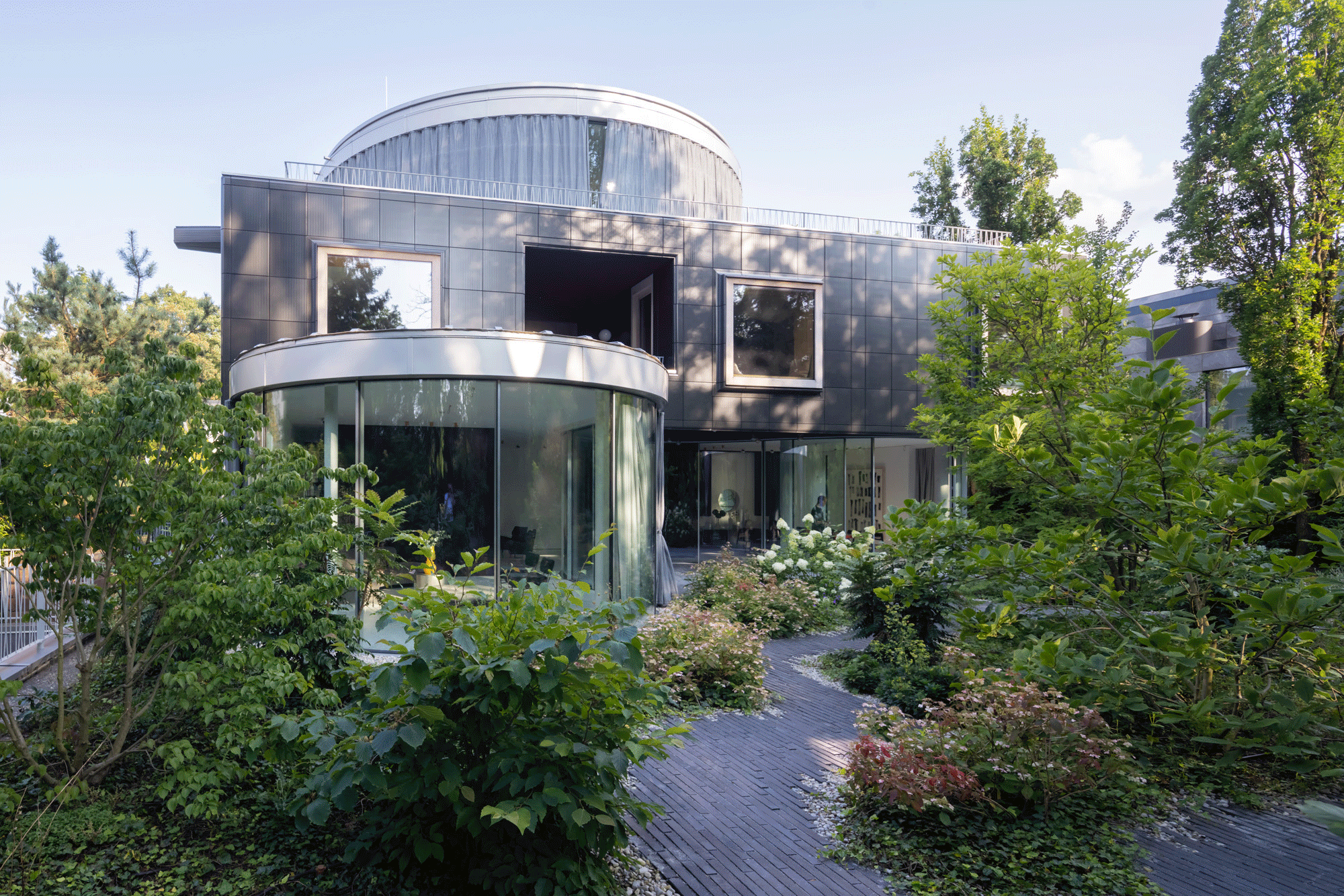 Join our world tour of contemporary homes across five continents
Join our world tour of contemporary homes across five continentsWe take a world tour of contemporary homes, exploring case studies of how we live; we make five stops across five continents
By Ellie Stathaki
-
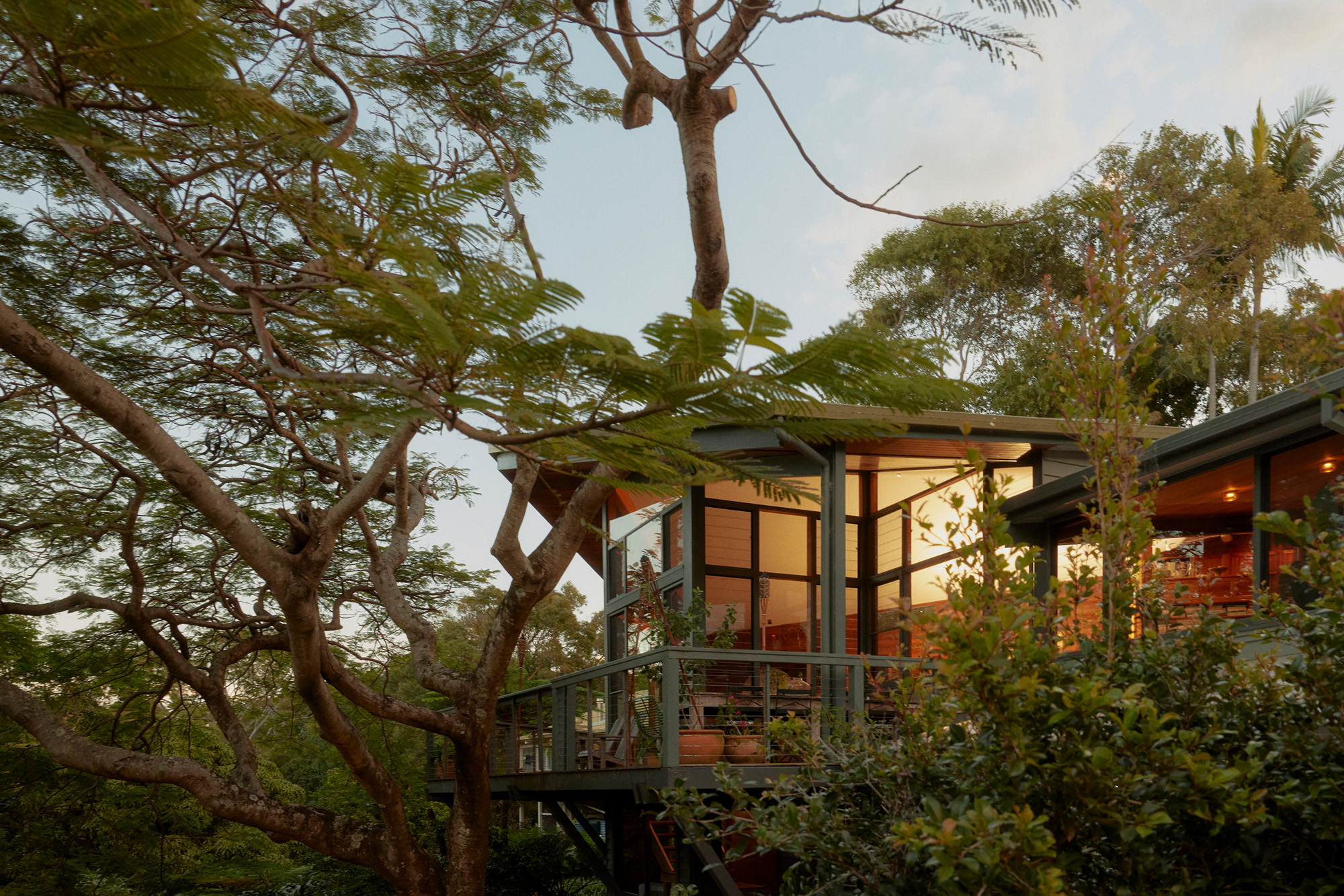 Who wouldn't want to live in this 'treehouse' in Byron Bay?
Who wouldn't want to live in this 'treehouse' in Byron Bay?A 1980s ‘treehouse’, on the edge of a national park in Byron Bay, is powered by the sun, architectural provenance and a sense of community
By Carli Philips
-
 Remembering architect Ricardo Scofidio (1935 – 2025)
Remembering architect Ricardo Scofidio (1935 – 2025)Ricardo Scofidio, seminal architect and co-founder of Diller Scofidio + Renfro, has died, aged 89; we honour his passing and celebrate his life
By Ellie Stathaki
-
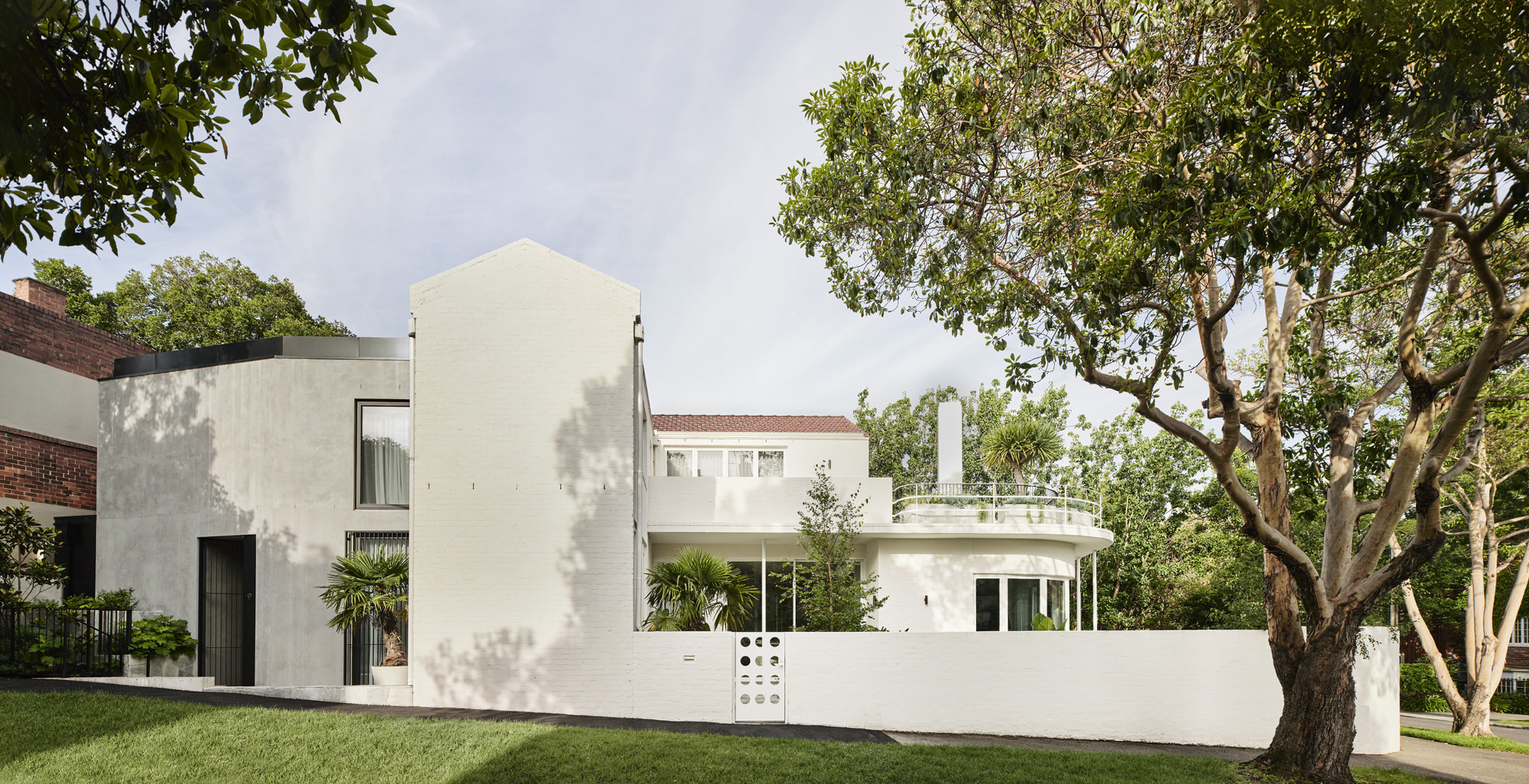 A modernist Melbourne house gets a contemporary makeover
A modernist Melbourne house gets a contemporary makeoverSilhouette House, a modernist Melbourne house, gets a contemporary makeover by architects Powell & Glenn
By Ellie Stathaki